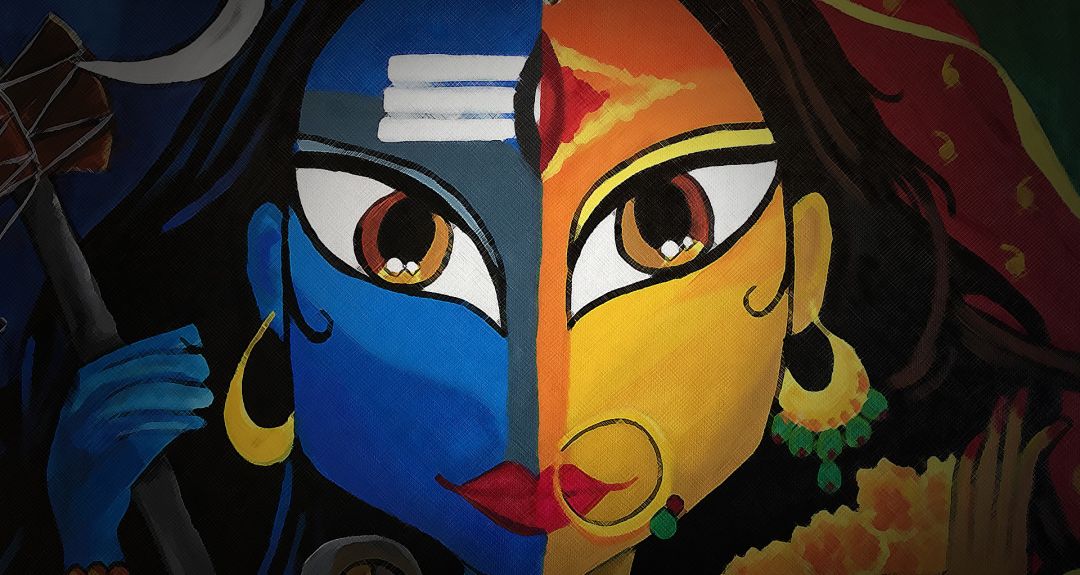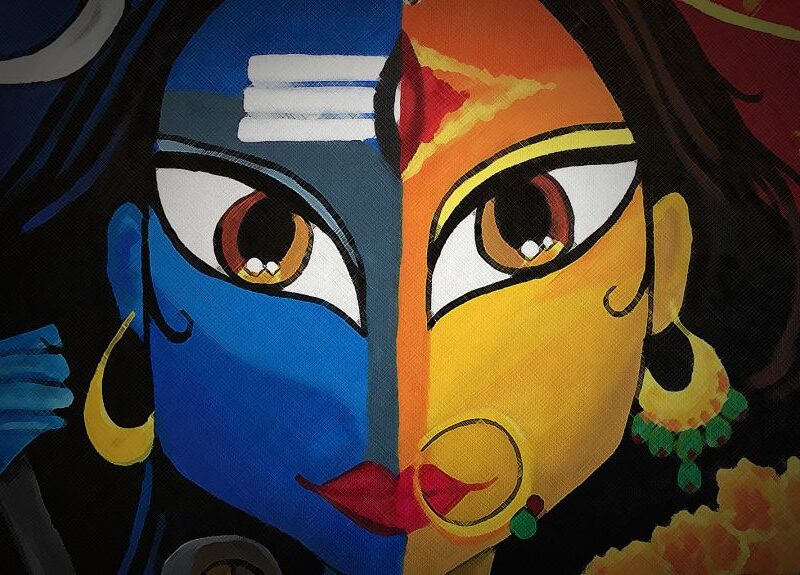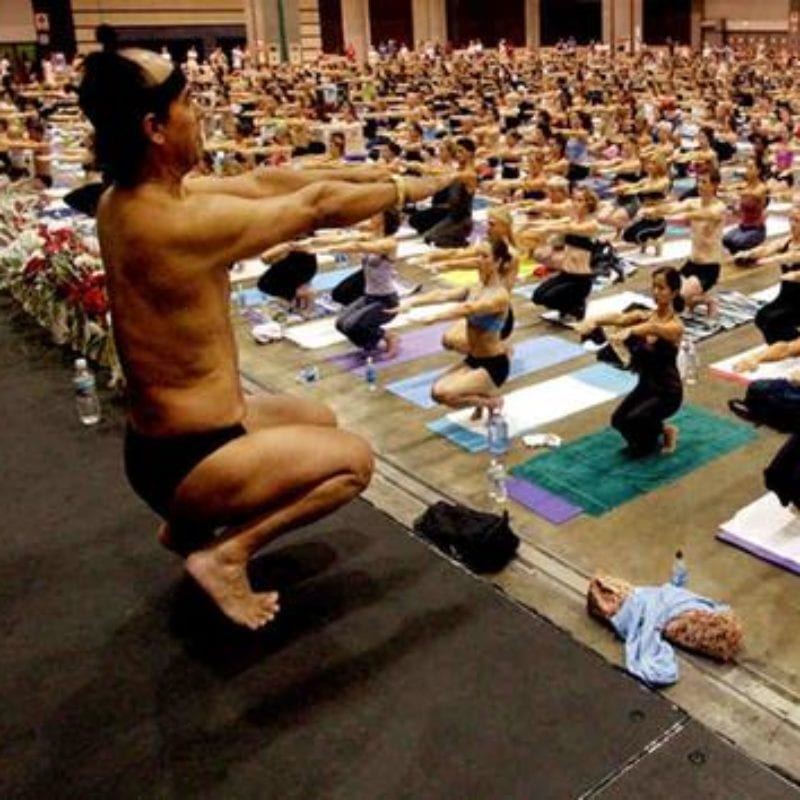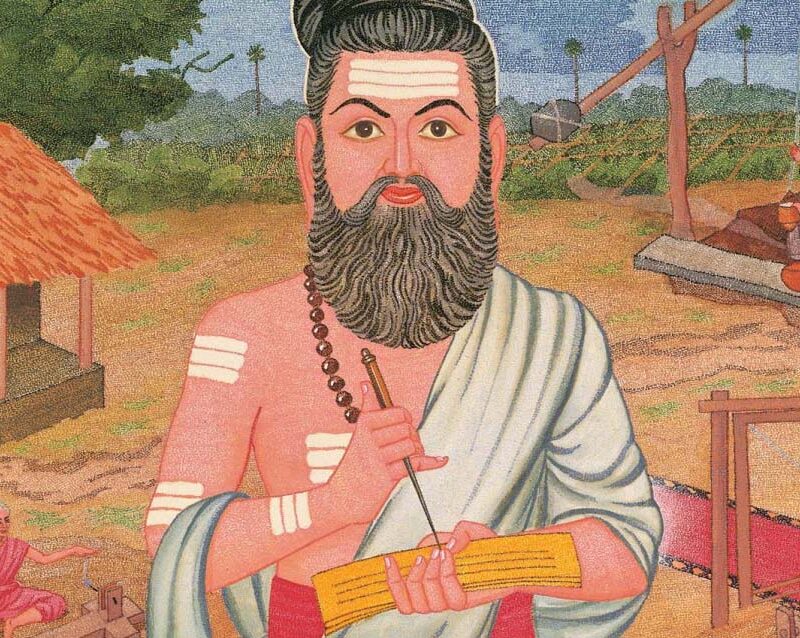
“Will the pickle really spoil if I touched it during menstruation?”
Two thoughts play hide and seek in my mind as I try to answer these questions from young girls. One, that I should help them understand that these restrictions are not because they become impure or polluted during menstruation. Two, that I should never, ever, hurt their religious or cultural sentiments because I have neither the knowledge nor the right to make that judgement. The latter makes it difficult to do the former, and so round and round I go in my explanations, at best being able to tell them that these practises have been in place for ages to ensure women get some rest during their period. And leave them with the thought that it is their personal choice to follow these or not.
It is not once or twice that I have come across these questions as an educator on menstrual hygiene for adolescent girls. It is every single time. After having addressed more than 6000 adolescent girls from rural backgrounds over the last 4 years, you’d think that I’d have tried to come up with better explanations by now! The wake up call to find right answers to these questions came when I recently read what a well known educator/organization working on this issue had to say about such questions – the answers were a rude dismissal of such practises calling it superstition and unscientific, having no place in today’s time.
My first thought was – With what right do we dismiss someone else’s belief when we neither know the origin of such practises, nor its significance in the practitioner’s family?
My second, more interesting thought was: What if there was indeed some ancient story of menstrual magic hidden in these rituals, which we would lose out on in our arrogance of rubbishing these questions? Surely, something as natural as menstruation could not always have been looked down upon?
The urge to be able to talk to girls and women, especially from rural backgrounds, in their own language and way of thinking and give them back the meaning of their rituals, started me on this journey.
Please note that I have no scientific way of proving the validity of following content and my intention in this exploration is to understand what might have been the original reasons behind the rituals and taboo on menstruation.
Understanding the power of Menstrual cycles
Today, while most women and young girls in India are being told that menstruation is an impure, inconvenient, sad fate to be put up with, the Western world has gone a step ahead and invented pills that would help women no longer menstruate! Unlike what is now thought by most people, menstruation was originally considered a highly sacred process, equipping women with strong powers which could be life-giving (hence worshipping women) or dangerous (hence secluding menstruating women). Herein lies the beauty and the contradiction. To understand how this came about, we need to know how menstrual cycles are linked to moon cycles, and what changes each phase in the cycle brings.
Menstruation and the moon
To someone hearing this for the first time (like me), it is strange to think that the moon could affect what goes on in my body! Did you know that the menstrual cycle and the lunar (moon cycle) are of 28 days and all women apparantly menstruated at the same time as with the new moon in ancient days? Charting your menstrual period according to the moon is one of the oldest forms of menstrual calendars. In fact, it is believed that the first calendars were based upon women’s charts of their menstrual cycles and the moon cycles.
For those who want a scientific reason, here is what one study explains:
In the days before electricity and living exclusively indoors, women’s cycles were influenced by natural moonlight. The principle is guided by the theory that moonlight provided an important synchronizing signal (scientists call these “zeitgebers”) for menstrual cycles that is now lost in our modern environment. Clinical studies performed by researchers at Harvard University, the US Air Force, and the University of California, San Diego Sleep Center have shown that women’s menstrual cycles can become more regular after the women were exposed to a certain dosage of artificial light while they slept. (Source http://www.regularcycles.com/the-science-of-light-therapy/)
Significance of each phase in the cycle
A woman’s body goes through 4 stages in one menstrual cycle, just as we go through 4 seasons in a year. I found the explanation quiet fascinating and could actually relate to much of what I read, although I was never consciously aware of these changes in my body. (The information presented below is a combination of content I borrowed from different sources mentioned at the end of this blog.)
Week 1: Menstruation (Days 1-7) – Begins with the first day of bleeding (it should ideally be a new moon). Within hours of starting your period, your estrogen levels will slowly begin to rise and you will tend to feel a shift from the heaviness or ‘PMS’ of the days before. This is considered a process of cleansing and removal of all negative thoughts and emotions. Many women, including me, have noticed that on the first few days of our periods, we feel an urge to suddenly clean our homes and remove all the clutter from our closets- and our lives. Our natural biological cleansing is accompanied by a psychological cleansing as well.
This is the time when women feel the need to go inward and be silent and contemplative. The rituals around seclusion during menstruation were partly meant to serve this purpose.
Week 2: Pre-Ovulation (Days 7-14) – This is the phase soon after the period when most women feel at their energetic best. The steady increase in estrogen boosts your brain’s serotonin levels, which leads to an increase in energy, enthusiasm and a more upbeat feeling overall. This phase is considered ideal to kick off new projects or creative work.
Week 3: Ovulation (Days 14 – 21) – This is the phase of ovulation, where women are apparantly more physically attractive than on other days, and are more attracted to others. This is the time in our cycle when we need to be connecting to people and relaxing in our outside world. It can also be a time of vulnerability, and it is important that we keep ourselves grounded and be mindful about our actions.
Week 4: Pre-menstruation (Days 21 – 28) – On the other side of ovulation, you’ll feel the effects of decreasing estrogen and testosterone and increasing progesterone. Progesterone is the ‘ebb’ to estrogen’s ‘flow’. It will increase your desire to move inward, like the waning moon. Research shows greater activity in the right hemisphere of the brain – the part associated with intuitive knowing – in weeks 3 and 4 of your cycle. Always trust your intuition. But pay especially close attention to it in the second half of your cycle!
Alternative explanation for Premenstrual Syndrome (PMS)
A number of girls and women suffer from aches, pains and mood fluctuations just before their period. Here are some fascinating explanations for this mentioned in different websites
The Premenstrual phase (week 4) consists of the final days before you begin a new cycle. Progesterone continues to rise until just before the end of this phase when estrogen, testosterone and progesterone all plummet to their lowest levels. If you deny the natural need you have to slow down and turn inward, feelings of resentment, frustration and anger find a way to surface. (Source http://www.huffingtonpost.ca/anea-bogue/women-menstruation-_b_3957384.html#slide=more195539)
The crankiness, impatience or annoyance so infamously called Premenstrual Syndrome, that we may experience in the last two weeks of our cycle, is really more about the feelings you have because you are not flowing with what you body really wants you to do – that is slow down, withdraw from the busyness of the outside world and look after yourself, not everybody else. (Source: http://www.moonsong.com.au/spiritualmenstruation.html)
“The premenstrual phase is therefore a time when we have greater access to our magic—our ability to recognize and transform the more difficult and painful areas of our lives. Premenstrually, we are quite naturally more in tune with what is most meaningful in our lives. We’re more apt to cry—but our tears are always related to something that holds meaning for us. Years of personal and clinical experience have taught me that the painful or uncomfortable issues that arise premenstrually are always real and must be addressed.” – Dr. Christiane Northup http://www.drnorthrup.com/about/index.php
So next time, instead of dismissing the depressive or disturbing thoughts that occur to us during the pre-menstrual days, an effort to understand it and address the reason would be much more helpful. Women have all the natural magical tools to deal with life – if only we were more aware of it!
The significance of rituals
I was quite surprised to read that the rituals around menstruation have been the same across the globe, be it Native America, Europe, Africa, Australia or Asia. The same practises of seclusion during menstruation, similar taboos related to touching food, not entering religious place, etc have been documented world over. Perhaps, it is only in parts of Asia such as India, where we still see many women who follow the rituals even now, and therefore most of us wrongly conclude that it is only in developing countries like India that such “superstitions” still exist. I have tried to read up and gather information from as many different sources as possible, to throw light upon how the rituals might have come into being. Here are a few rituals, taboos and thoughts around menstruation I was able to decode to some extent
“Menstruating women have to remain in seclusion until the period is over”
Often, the reason given in today’s time is that menstruating women are impure, unclean or dirty and hence need to be kept aside. In the book “Blood, Bread and Roses”, by Judy Grahn, she offers fascinating explanations for this..
Menstruating women were considered to be having special powers during menstruation, which if not used properly could cause harm to others. In addition, practical reasons of predatory animals smelling the blood in ancient times and coming for the kill, would have led to these women being kept in separate huts to protect the community. Since most ancestral women menstruated at the same time with the new moon, the seclusion huts (also called moon huts) were filled with women with special powers who together performed sacred rituals for the good of the community. Women who came out of the seclusion hut were revered for their visions and wisdom gained during this time, and often guided the community as to where to go for hunting, etc.
This in fact led to men coming up with similar rituals for adolescent boys, so that they do not feel left out. Thus emerged the ancient rituals (still practiced among some tribals) of young boys beating themselves and cutting their skin so that it bleeds resembling menstruation, and stinging themselves with bees and ants to drive themselves into a hallucination, to resemble the visions women had during menstruation. Poor boys!
“Menstrual blood is impure, bad blood”
All blood, even that in men, has originated from menstrual blood. Menstrual blood in ancient times was considered highly powerful and potent. It was used in many rituals and especially in making magic potions. Even today, any thing that is red in color used in ceremonies is apparently indicative of the ancient ritual of using menstrual blood. One study said that the red mark on the forehead of Hindu women was originally menstrual blood. Similarly, the symbol of Blood of Christ in Christianity is also indicative of menstrual blood. It is also said that the color red which is widely used in women’s lipstick and other cosmetics today, indicative of seduction and power, had its origin in menstrual blood used by our ancestors to make themselves more attractive.
“Menstruating women should not enter temples or participate in religious ceremonies”
This is one taboo which perhaps hurts the sentiments of most religious women and young girls. The thought keeps cropping up – “Am I so dirty during my period that even God would want me to stay away?”
Unfortunately, no one, including the elite women who practice this, had thus far been able to give me any explanation for this restriction, which was not negative. After much digging and research, I have found few explanations which are actually meant to protect women, rather than distance them.
It is believed that during menstruation, women are constantly dissipating energy from their bodies. Most religious chants are meant to balance out the energies in our body. However, this would interfere with the natural losing of energy that must happen in menstruating women to prevent excessive energy build-up. Hence, menstruating women are told to keep away during such occasions, so that their natural processes are not tampered with.
The other reason I came across was that menstruating women become open to receiving and absorbing energy during this time. This means, they can easily absorb other’s energies, including negative energies. Hence, they are asked to stay away from crowds and gatherings.
Another document said that menstruating women are so powerful, that their offering to God drowns out the offerings of everyone else present in the room. Hence, they are told to stay away from places of worship during menstruation.
These explanations might also be valid for the taboos around touching others and touching certain types of food during menstruation, since touching involves transfer of energy.
The website of Maya Tiwari, a spiritual practitioner, had a good explanation http://mayatiwari.org/womenpower.php
Gifting the stories to the next generation
As someone who has taken the responsibility of educating young girls on menstruation, I take it upon myself to share these explanations of the rituals and taboos with them, so that they can appreciate the spirit behind the ancient wisdom, whether or not they chose to follow it.
But even otherwise, I think there are important messages in these ancient traditions for all of us. These traditions have their roots at a time were women were worshiped and considered as beings capable of divinity; where the wisdom of women was relied upon by the whole community. Today, when we talk of increasing crimes on women, we often talk and think in terms of feminism or the newer concept of gender equality. But, let us not forget that we are largely a religious country and majority of us do not speak the elite language of feminism and gender equality. Perhaps, it will be these stories that would plant a seed of change in men and women about their attitudes and treatment of women.
Lastly, following any of the above rituals or practices is a personal choice. There is a tendency to dismiss these rituals as superstitions without investigating enough the knowledge or wisdom behind these practices. As educators, we have the responsibility to make an extra effort to understand the knowledge behind these rituals and the way they were conceived. Let us act responsibly about what we tell the next generation.
Sources
http://naturalshaman.blogspot.in/2012/06/magic-of-menstrual-cycle.html
http://www.moonsong.com.au/spiritualmenstruation.html
http://www.drnorthrup.com/womenshealth/healthcenter/topic_details.php?topic_id=138
http://bailiwick.lib.uiowa.edu/wstudies/grahn/01toc.htm
http://www.huffingtonpost.ca/anea-bogue/women-menstruation-_b_3957384.html#slide=more195539








































